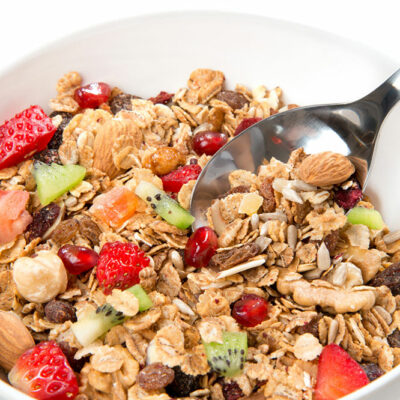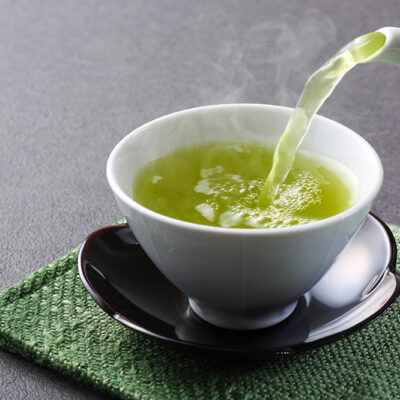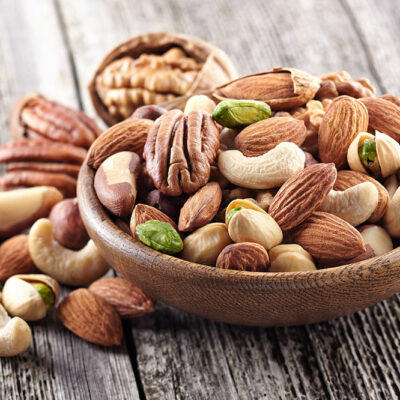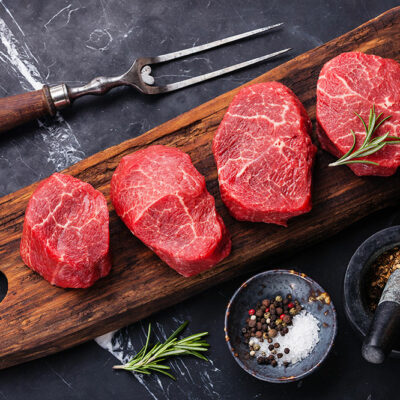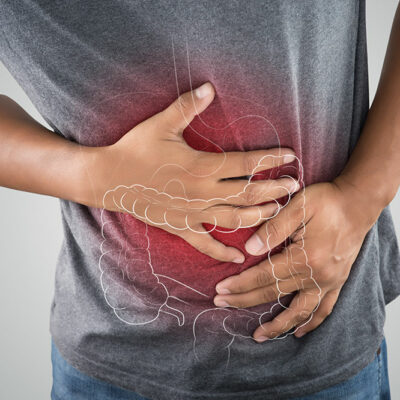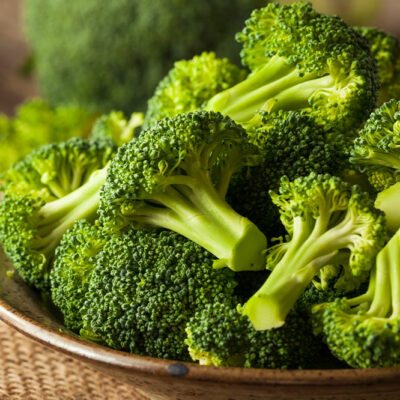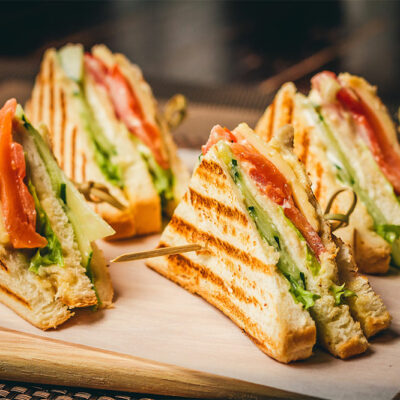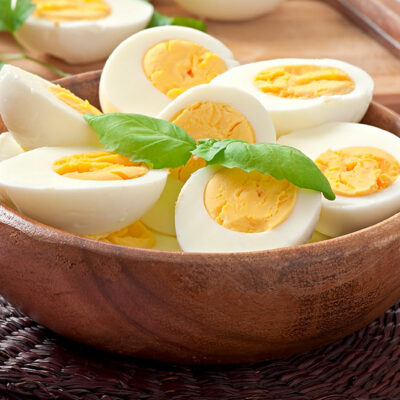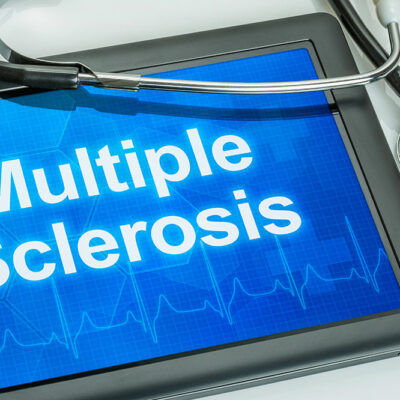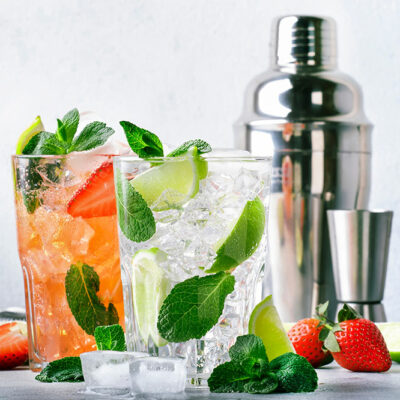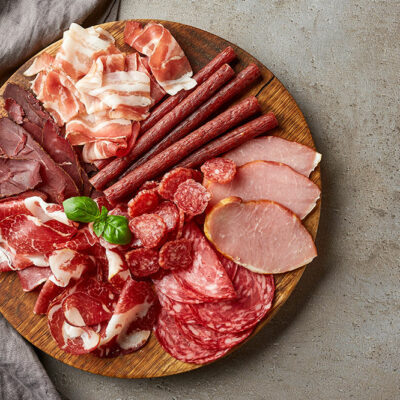
Food
5 Foods That Trigger Breathing Problems
With pollution levels rising, many people are having difficulty breathing or being diagnosed with respiratory conditions such as asthma, chronic obstructive pulmonary disease (COPD), among others. To avoid triggering or worsening the symptoms of these breathing conditions, you can avoid certain foods. Listed below are a few foods that trigger breathing issues. 1. Bacon, ham, sausage, and deli meats These are among the foods that trigger breathing issues as they contain nitrites. Nitrites are used to process and preserve these food items. They help to increase their shelf-life and make them look more appetizing. However, nitrites can cause inflammation in the lungs and are best avoided by those with breathing issues or respiratory disorders. 2. Wine, beer, and hard liquor Consuming more than two alcoholic drinks a day can prove harmful not just for your overall health but also for your lungs. Alcohol contains sulfites which can trigger or worsen the symptoms of respiratory issues such as asthma. Ethanol in alcohol can also affect the health of your lungs and make you more prone to developing lung problems and health conditions like pneumonia that can affect your breathing. Some drinks such as beer that are gassy can result in bloating or a tightening of the chest, which can cause breathing difficulty.
Read More 
